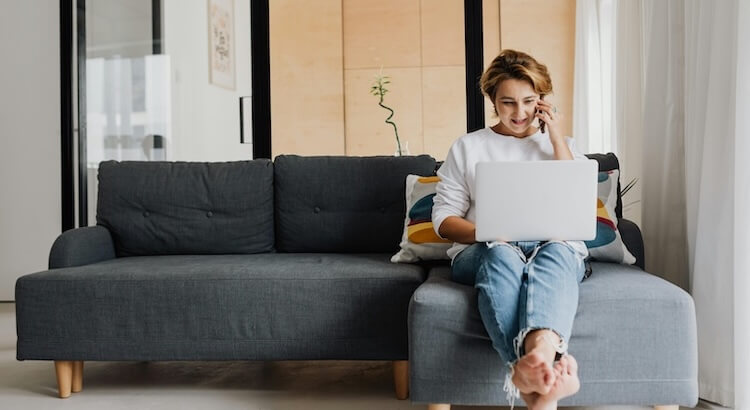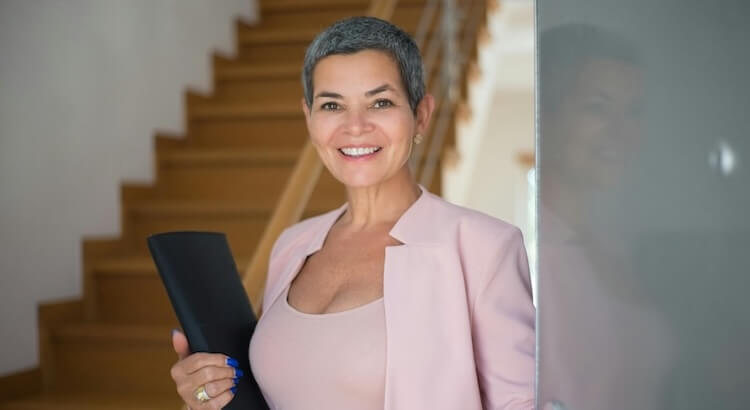How to Transcribe Lectures and Seminars: A Student’s Guide
Transcribing lectures and seminars helps students improve their learning, keep organized, and have reliable resources for studying. Whether you are a student balancing classes, a researcher needing accurate notes, or an educator who wants accessible lessons, lecture transcripts are essential. Follow this step-by-step guide to record, transcribe, and get the most from your lectures and seminars.
Why Transcribe Lectures and Seminars?
- Boosts Learning and Memory
Writing and reading transcripts help you understand and remember information. Studies show that combining audio and text improves retention (Journal of Educational Psychology, 2021). - Better Study Resources
It is much easier to search, highlight, and review text materials than audio. You can quickly find key points without replaying long recordings. - Improves Accessibility
Transcripts support non-native English speakers and people with hearing loss. They benefit all students by offering a different way to study content. - Helps with Research and Collaboration
Academic transcripts make it simple to quote lectures in research papers and work efficiently with classmates.
Step 1: Prepare to Record Lectures
- Check the Classroom Setup
Sit near the speaker or position your recorder centrally for clear sound. Reduce background noise, like turning off loud fans. - Pick Proper Recording Equipment
- Smartphones: Use built-in apps like Voice Memos (iOS) or Recorder (Android).
- Handheld Recorders: Devices like Zoom H1n or Sony ICD capture higher audio quality and work well for big rooms.
- Get Permission
Always ask your professor or event host before recording. Some schools have strict policies, and you may need to show accommodations if needed.
Step 2: Record Lectures Effectively
- Use a Quality Microphone
External mics often capture clearer audio than built-in options. - Test Before the Lecture Starts
Record a short sample to check sound quality and adjust volume. - Keep Devices Stable
Place your phone or recorder on a stable surface to avoid unwanted noises. - Label Recordings Clearly
Name each file with the course name and date (e.g., “History101_March15”).
Step 3: Transcribe Your Audio to Text
Automated Transcription Software
- Use tools like Otter.ai or Google Speech-to-Text for fast results.
- Automated transcription is affordable and works right from your smartphone.
- Be aware: Automated tools are less accurate in noisy rooms or with technical terms.
Professional Transcription Services
- Trained experts, such as those at GoTranscript, handle tough audio, accents, and industry jargon.
- High accuracy makes this option best for academic research or long group seminars.
- Costs more than software but saves time and delivers precise transcripts. Check current transcription pricing before ordering.
Manual Transcription
- Listen and type the content yourself.
- You control every detail and format.
- This approach is slow and tedious for anything over a few minutes long.
Step 4: Proofread and Edit Transcripts
- Check Terminology
Technical topics often have unusual words that need careful review. - Label Speakers
When there are multiple speakers, use labels (e.g., “Professor,” “Student 1”). - Add Timestamps
Timestamps (like [00:12:35]) help you revisit important lecture sections. - Format for Clarity
Use bullet points, headings, or bold text to organize main ideas.
If you want an expert review, try transcription proofreading services from GoTranscript.
Step 5: Use and Store Your Transcripts
- Highlight Key Ideas
Mark main points, important quotes, or questions you want to study further. - Create Shorter Notes
Turn the transcript into summaries or flashcards to make studying easier. - Organize Digitally
Save your transcript files to the cloud (Google Drive or OneDrive) for safe, easy access. - Share with Others
Help classmates who missed the session or want an additional study tool.
Tips for Better Lecture Transcripts
- Reduce Distractions
Keep your microphone or recorder free from bumps, chatter, and paper rustling. - Focus on Content, Not Perfect Grammar
Lectures may sound casual. It's normal for grammar to be informal. - Add Visual Notes
If slides or diagrams are referenced, type a description or slide number into your transcript. - Back Up Your Files
Save audio and text files on an external drive or in the cloud to avoid losing them.
Common Uses for Lecture and Seminar Transcripts
- Studying and Reviewing Material
Review tricky topics at your own pace. - Research and Quoting
Use accurate quotes for assignments or papers. - Making Content Accessible
Schools use transcripts to meet requirements for students with hearing difficulties (Inside Higher Ed, 2022). - Publishing and Reusing Content
Professors may turn transcripts into articles, blog posts, or supplemental class material.
Frequently Asked Questions (FAQs)
- Is it legal to record and transcribe any lecture?
Always check school policies and ask your professor for permission before recording. - Are automated transcription tools accurate enough?
Automated software is good for rough drafts but may need editing, especially for technical or noisy lectures. - What audio format is best?
MP3 and WAV are both widely accepted by most transcription services. WAV files are larger but higher quality. - How soon should I transcribe a lecture?
Transcribe soon after the recording while your memory is fresh.
Conclusion
Transcribing lectures and seminars helps you study smarter, share knowledge, and create lasting academic resources. Choose from automated transcription software, expert human-powered transcription, or the manual DIY approach to meet your needs.
For guaranteed accuracy and fast turnaround, order transcription services from GoTranscript. Our professional team helps students, educators, and researchers save time and gain reliable study materials. Turn your lecture recordings into high-quality, easy-to-read files and boost your academic progress today!



















 Verified Order
Verified Order